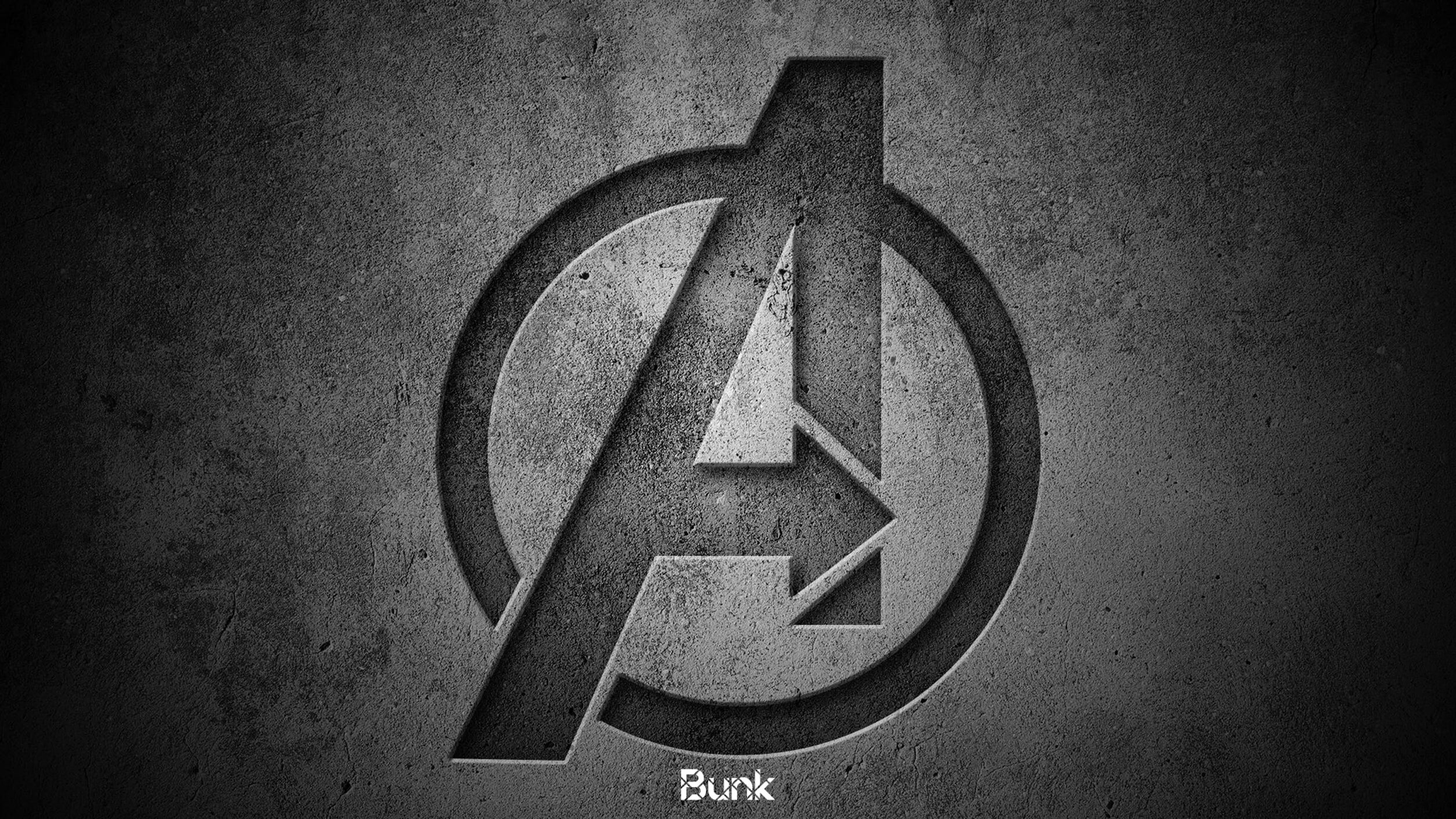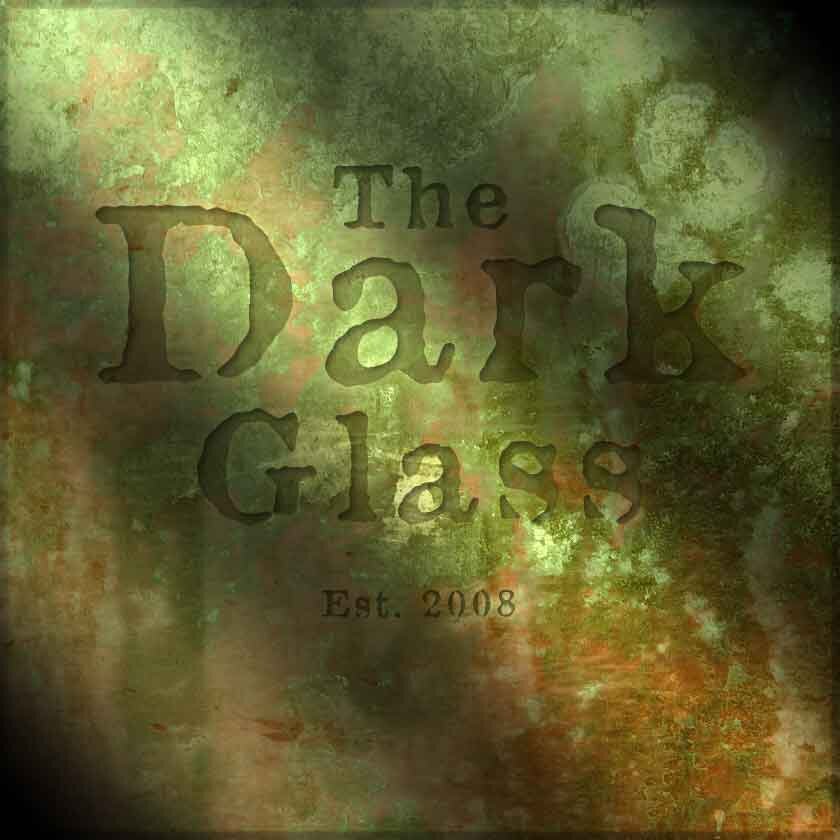
More than words: Why writers still matter.
These two traits, along with others, suggest that the challenge for writers today, the thing that makes them matter, is realizing that their job is not about words. That their training has given them strength they maybe don’t realize that go beyond the alphabet.

Content thinkers assemble!
We have to stop defining ourselves by the department we work in. We are all content creators, content strategists, content advocates, content thinkers. (We need a more unifying term, a unifying discipline separate from marketing and design. “Contenter” doesn’t seem to work. I spend probably way too much time considering alternatives.) And it goes way beyond marketing and design. Every department needs content. Every department needs content thinkers. (I could probably map every kind of content creator to a different Avenger, but I will refrain.)

Beyond the Hero's Journey: The power of story without all the baggage.
But here's the problem. The Hero's Journey is really good at creating a very specific kind of story— big epic, mythic narratives. And sure, there are definitely times as content creators when that's useful. Certainly, when you’re writing your next fantasy bestseller, the Hero’s Journey is something to consider. And on the business side, it has it’s uses as well.

It’s time to stop calling them “stakeholders.”
In this world, marketers and creatives (or product managers and designers, or whatever pairing you want) are each on the hook for related parts of the process. Both sides would be motivated to have a mutual relationship because each sees the other’s views as crucial to the success of the project. In other words, in this organization, designers and content creators have just as much a stake as anyone in the success of the business, content, campaign, or other initiative. Or we should. We should all be stakeholders.

Just what is content? And why that definition matters.
That’s a problem. Because essentially, the model we use for content is the same as it was thirty years ago. And in case you haven’t noticed, the way businesses operate today—and especially the way they communicate with their customers—has radically changed.

Don’t ask for content. Ask for outcomes.
The solution there is to focus on defining outcomes at the beginning of the process, not features. Doing this prompts the design team to ask questions about what’s possible, about all the different ways to meet the stated objective, and ultimately present a set of features that can realistically meet the criteria of viability, desirability, and feasibility.

Content strategy is a design function.
Goals define process. So if content strategy is being driven by specific business-facing outcomes, it’s almost guaranteed that the process will prioritize things that only allow for quality through brute force. Efficiency, speed, scalability, cost, and so on are all obviously important. But a process that prioritizes these will almost always ignore quality.

Your content is your customer experience.
But in today’s technology-driven, socially-responsible, ethically-complicated landscape, what a customer needs from a brand has radically changed. And it goes way beyond the screen. This means we need to change the way we think about what the customer needs—in other words, about content. And it means we need to change the way we think about not only the user experience but the holistic customer experience itself.

